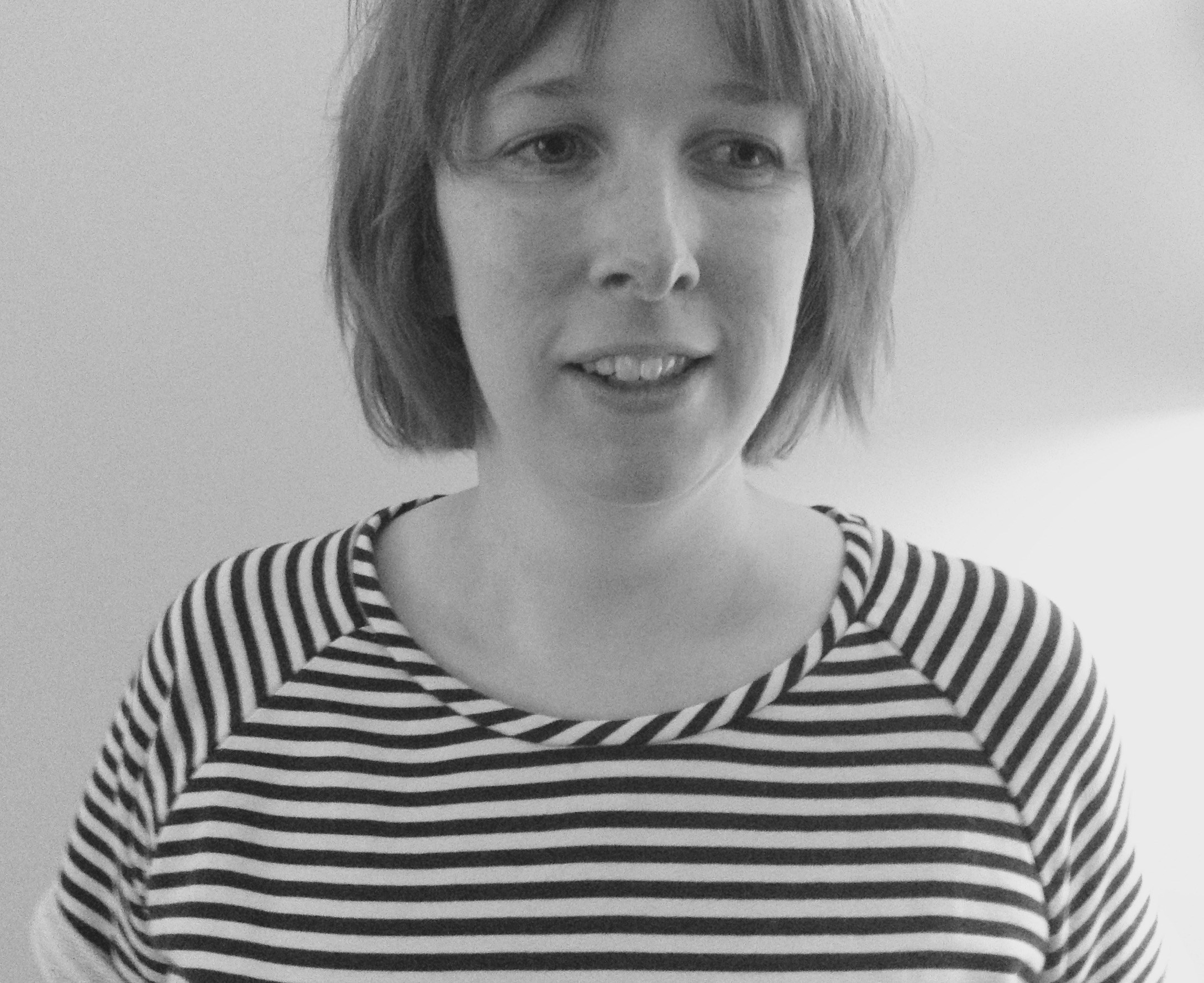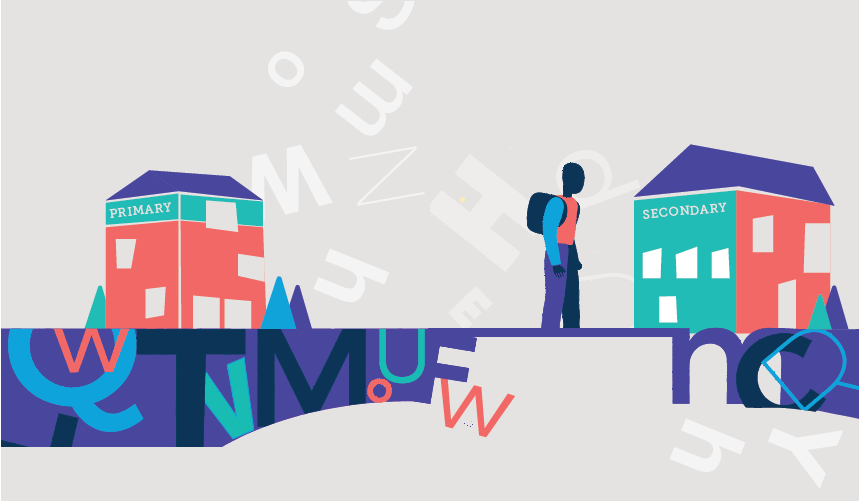OUP’s Bridging the Word Gap at Transition report gives it to us straight. As Jane Harley states in the Foreword:
‘Transition from primary to secondary is a pivotal time; the word gap remains a major issue, and more needs to be done to address this. There is a lack of coherence in the expectations for language coverage and how it is taught across primary and secondary schools.’
There is no doubt that the word gap is at its most explicit when children move into Year 7. It’s simple why; they are likely to encounter four times more vocabulary as they did in primary. This is exacerbated – as 95% of the teachers surveyed stated – by remote learning as they found it difficult to ‘support students’ vocabulary development’ teaching virtually.
For me the next big issue with literacy at this formative transition is that language use changes from primary to secondary. Most language acquisition in primary is used for social communication but once the children reach Year 7 the demands shift to being more about academic achievement. Most schools also recognize their responsibility to support children with language development for their emotional expression and wellbeing as we navigate the myriad of academic and pastoral challenges for our young people. So how can we mitigate this change?
What can schools do to address the word gap at transition?
Whole School Policy – The first thing secondary schools must do is have a whole school literacy policy that plans for transitions. The Trust I work for understands the importance of literacy and how it is domain specific. Departments are allocated time to plan literacy instructions, CPD is designed to show staff how to teach literacy, and external expertise used to ensure we get it right. We know that Year 7 is the most important cohort – we have to build on what we know and plan from there coherently. This is the same for their understanding of key terminology and concepts.
Links with primary schools – This sounds simple to anyone not in education but it can be a tricky to coordinate. The simplest way is to collaborate directly and so meeting over Zoom (or an equivalent platform that suits your need) can really help. This way of working together helps plan a transition that prepares students for Year 7 by building on the vocabulary they already have. This may also serve the purpose of reassuring students in an uncertain time about the next big step they are about to take.
Transition – Raising awareness in the home is a good starting point and many schools now hold a sequence of events that engage parents in advance of the transition to Secondary. This way schools can set high expectations and let parents – and students know – that literacy is important as outlined in the Bridging the Word Gap at Transition: The Oxford Language Report 2020. My Trust for the last two years has based transition days around a book. This worked wonders for our reading school status; the students bought into the culture of the Trust before they had officially started. We plan to build on that this year by extending that focus to subject terminology.
What about in History?
In my article for Practical Histories November 2020 I stated the following:
‘…there is a strong argument that as History teachers we ‘do’ literacy all the time. This is because of the nature of the subject. Our first order concepts, key terms and a focus on explaining, analysing and making judgments means we incorporate literacy into all of our lessons.For some students this is fine. They will absorb the subject-specific vocabulary required, and they will build an understanding.’However, the OUP Transition report shows us that this is not enough, especially when it comes to students making a positive start to secondary school. We must make subject literacy a key focus.
Big Word Booklet – I love this idea from Greenshaw High School in the report. This as part of the whole school literacy strategy would work well to let students and parents know that literacy is a big part of the subject. Year 7 students’ working memory will be used a lot when starting school, you could use key terms to help build their confidence and lighten the load. For example, knowing the word ‘feudal’ opens up so many areas of Medieval society and gives context to popular Year 7 topics such as; the Peasants’ Revolt, Magna Carta, and the Crusades. It helps to create an image of a peasant and what their life was life. It also shows how society changes as we move into the Early Modern Period. Coming back to the Big Word Booklet throughout transition, Year 7 and then subsequent years, will help build the vocabulary necessary for doing well in History.
Curriculum Planning – We must build on what has come before – what you know determines what you learn. I know this is difficult as many primaries don’t follow the National Curriculum 2014 but this is all the more reason to base your curriculum planning on vocabulary (key concepts). Focusing on the tier 2 and tier 3 vocab means the sequence may not seem chronologically smooth, but E.D. Hirsch argues that the acquisition of core knowledge is key to helping students understand and learn their vocabulary. Therefore, we have a responsibility to be explicit with our content. This should be mapped out consciously throughout the key stages. Basically, key terms, subject vocabulary, and command words should build the sequence of learning. As Christine Counsell stated in Debates in History Teaching (2017), ‘We make our encounters with new material take on meaning by assimilating them to prototypes formed from our past knowledge’. It is so important that first-order concepts (such as empire, parliament, war, monarchy, revolution, etc.) are taught and revisited in different guises to show that words/concepts can have multiple meanings. Doing this with the vocabulary learned in primary and building on it should stop students feeling that they are ‘starting again’ when they reach Year 7.
Reading – Start recommending historical fiction and non-fiction that the Year 6 children can read. This could link with the Big Word Booklets with specific terminology you want the children to know. This pre-teaching is a strategy which will support all learners. Alex Quigley made the point in his Mind the Reading Gap CPD (December 2020) that offering students easier versions of classics or non-fiction acted as a way of introducing harder themes, content, and language. Using this to introduce topics along with a vocabulary list would help introduce the language needed for Year 7. The skills of history don’t change; the content just gets more complex. This is why we must focus on literacy, because if the content is getting harder so is the language used.
As educators we have a duty to send children into the world literate and able to find their place. This must be led systemically but we can’t allow it to happen by chance in our classrooms. Let’s close up that word gap so that our young people have all the words they need to succeed.

Lindsay Bruce is a History teacher and assistant head teacher in a secondary school in the Midlands. She most recently wrote the History Word Gap resource pack; she is part of Oxford’s KS3 History 4th Edition, Oxford AQA GCSE History and Edexcel GCSE History author teams. Follow her on Twitter @HistoryTeach0.

